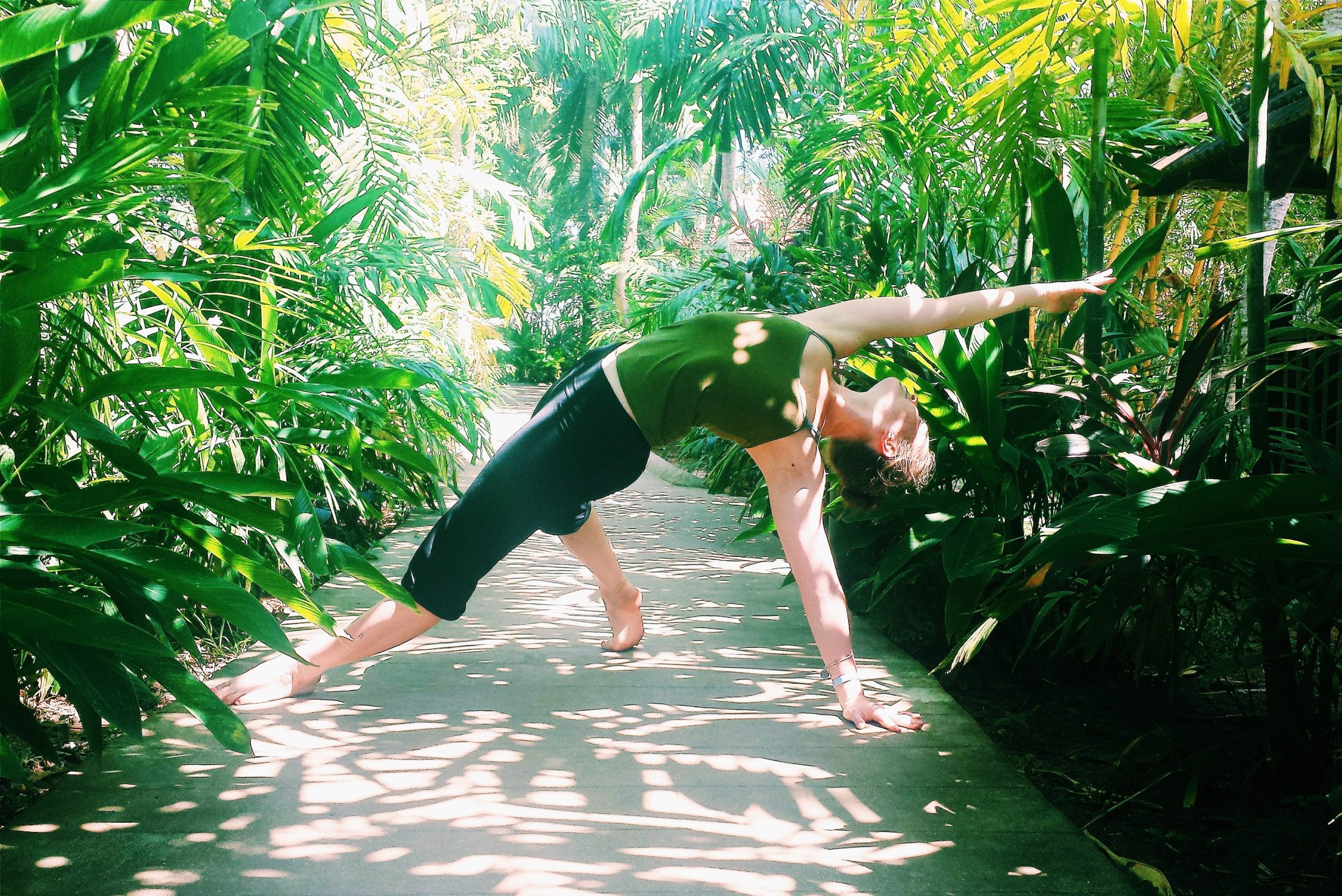As a Pilates instructor and exercise specialist, I am used to working in close physical proximity to my clients, touching them to adjust their positions for a better joint angle, and poking at muscles so they can feel where the movement should be activating. Overnight all of this changed. While being a physical trainer during COVID, how can I physically train someone virtually, connecting over a screen?
Transitioning From Studio to Online
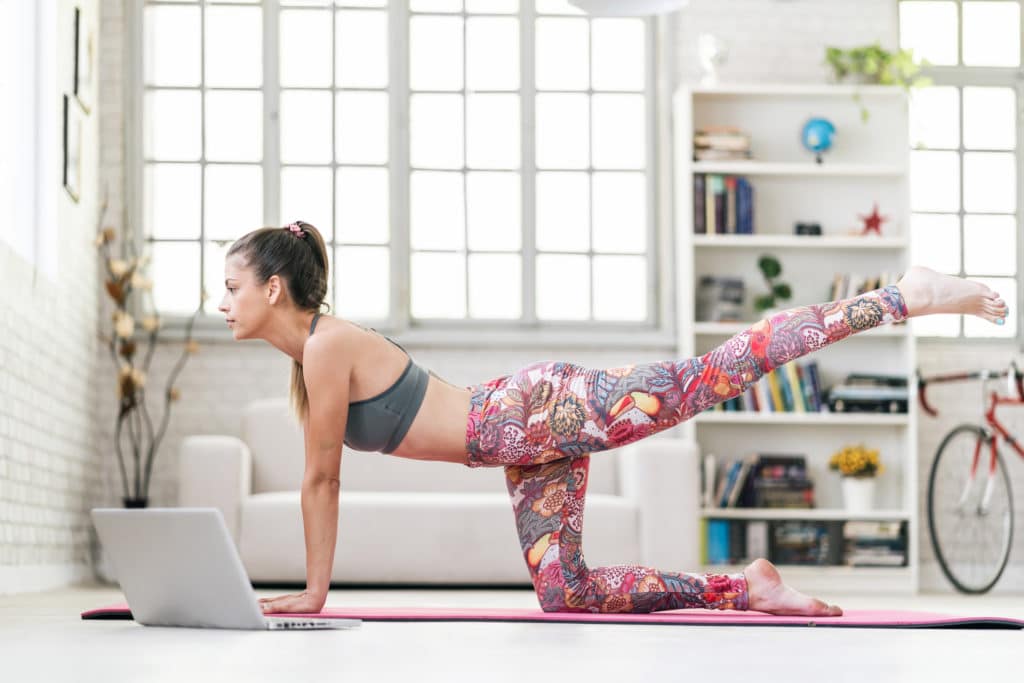
March 13th was the last day I taught my clients in my Pilates studio. Up until that point it had been business as usual, just with a lot more hand sanitizer. I’ve always washed my hands between sessions, and wiped and disinfected my equipment after every client, but I started to do double cleanings with stronger sanitizers and staggering equipment to reduce back-to-back use between sessions.
We began hearing about other countries locking down, but never thought it would actually occur for us, figuring if it did, it would only be a couple of weeks. Suddenly closing our fitness center, when California mandated all gyms and studios to close across the state due to the rampant spiking of COVID cases, overnight I went from running a studio that I had built over the past 6 years, with a consistently busy schedule and a waiting list to teaching sessions in living rooms. I hadn’t driven from house to house, carting all my equipment, since I was a new teacher after college. Within one weekend my entire business model changed. It felt like I had lost my whole business. I contacted my entire list of weekly clients informing of our immediate closure, offering virtual sessions. I quickly had a handful of responses, and then I had to figure out a new schedule. My business went from completely in-studio sessions to 100% online within just a few days.
Sustaining An Online Studio
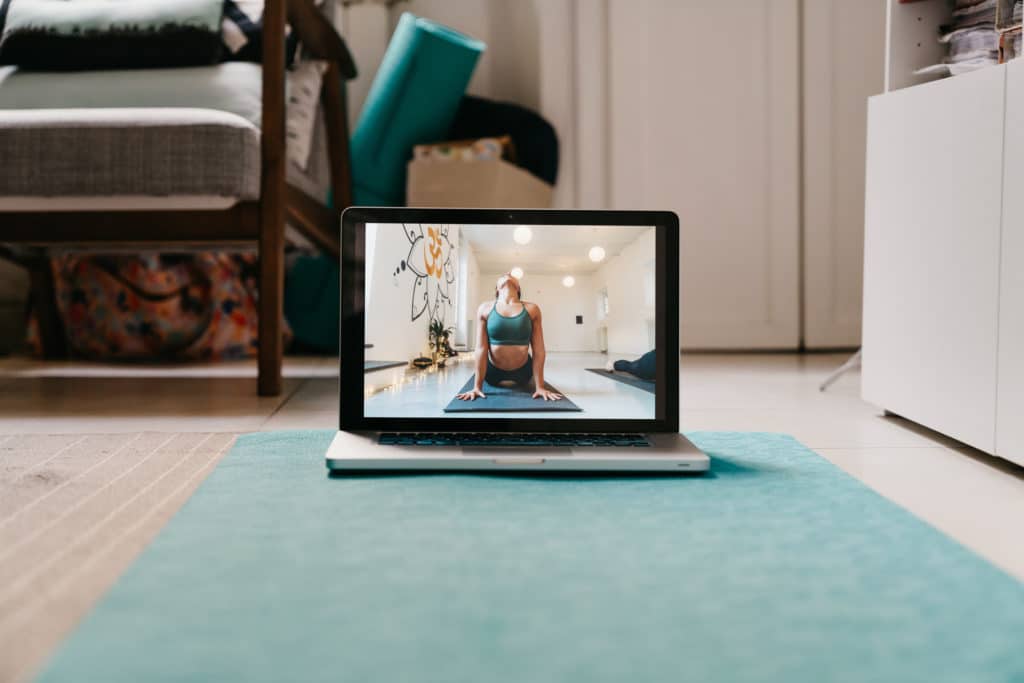
Since mid-March I have continued to teach a busy schedule each week via Zoom and FaceTime. I am grateful to be able to continue teaching even though it is a 25% decrease of what I would otherwise be teaching during “normal” weeks at my studio. With the extra time I’ve gained from the reduced session-load I’ve been working on other projects that I otherwise wouldn’t have time for including research and reading, writing for my blog and social media accounts, connecting with Pilates mentors, spending virtual time with friends and family, and participating in virtual workshops for continuing education.
At first it was challenging to teach the new technology to all my clients, become accustomed to spending my day in front of the computer, and improve my cueing since I was suddenly unable to touch clients. Now, clients have learned how to best position their screens so I can see them, how to adjust audio so we can hear each other without echo, and how to buffer their internet speed for better video quality. My verbal cueing has improved more over the past 6 months than over the past 6 years, where I don’t think I’ll need to do as many hands-on adjustments even when we return to the studio. I even connected with a Pilates mentor to take weekly privates so that I can be in my clients place to see what works best for virtual classes.
Adjusting With The Times
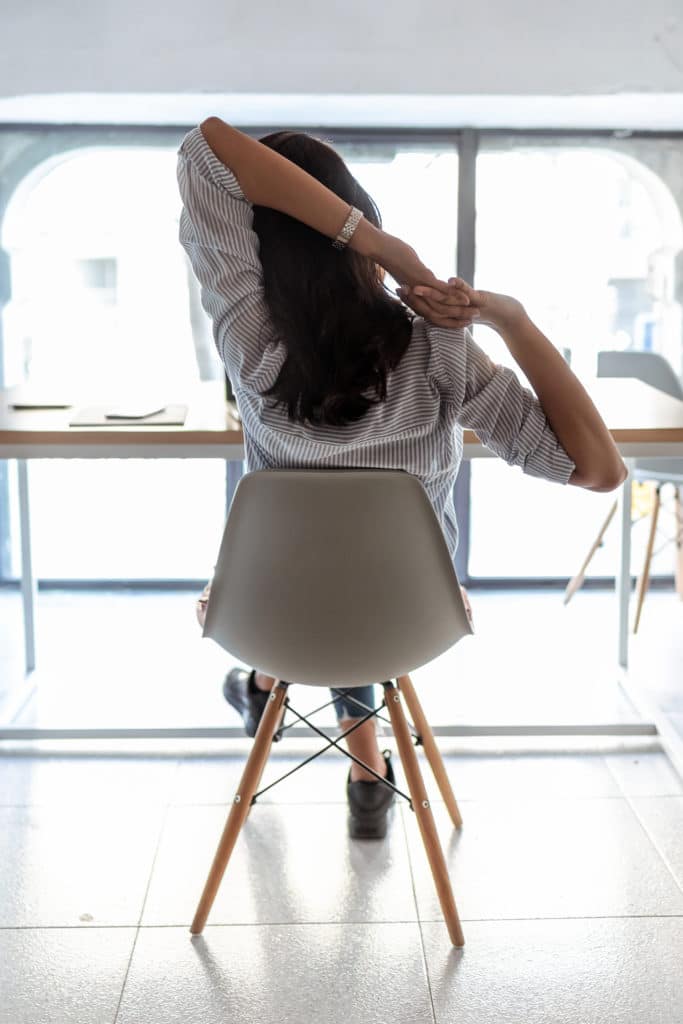
Once everyone began working from home (WFH) I began noticing a gap in the corporate approach to ergonomics. I’ve used this time to build out a new movement system addressing issues arising from everyone’s WFH set-ups.
Most companies spend thousands of dollars on the most elite ergo chairs, yet employees still have pain. All the ergonomic manuals mention getting up to stretch, but the primary focus is placed on the set up of the equipment, not how to take movement breaks. What do you actually do when you take a break to combat all the hours of sitting at the desk?
Most people know they need to take breaks to stretch but they don’t know what to do or have the motivation to do so. I developed a guided movement session that is tailored to the workday, done at the desk, no extra equipment, no change of clothes necessary, and for all fitness levels, tailored to countering the day to day impacts of sitting in front of computer. Working with companies around the country I developed Ergonomics in Motion to teach employees how to reduce pain and stiffness from working all day at home.
Continuing On
I had always wondered what it would be like to work from home, but I never thought I would be able to do so, given my profession. For a long time before the pandemic, I discussed setting up virtual offerings to expand my business model to be able to offer sessions to clients without access to the studio such as for those who live farther away or are on vacation. Like so many other professionals, I was forced to adapt to figure this out sooner than expected. Even while I am grateful for the silver linings of this strange time, where I have found time to work on new ideas and build up new projects, there is anxiety hanging over the industry, of the uncertainty of what our gyms and the industry will look like for the next couple years and beyond.
Just like every industry is seeing right now, the fitness and wellness industry will be changing how we operate long-term. Some of what we see now will be the new normal. As Fitness and wellness professionals, our services are essential for our clients and the general public, so we must adapt as needed and keep our clients moving.
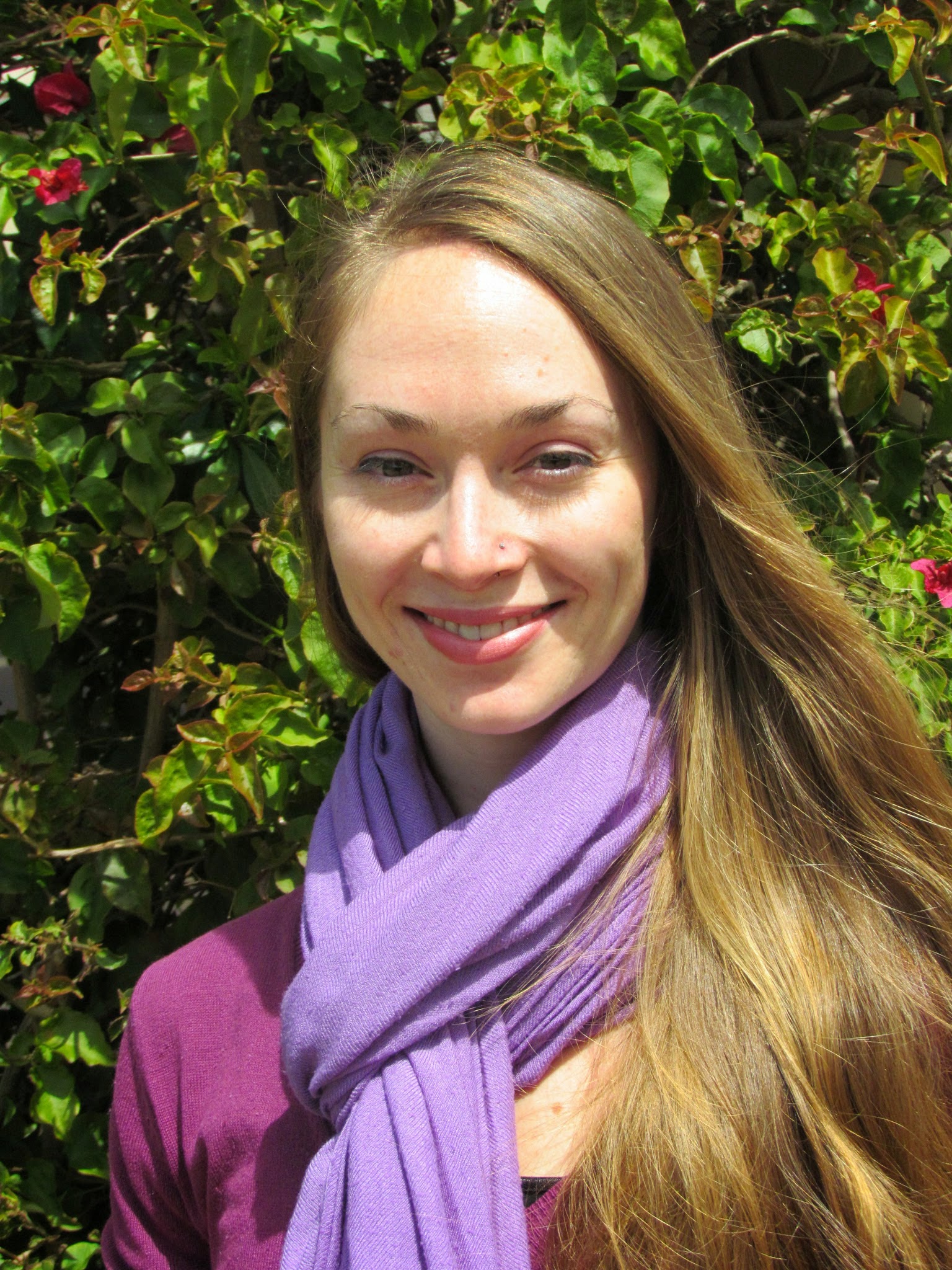
Davita Paul, MS, CES, NCPT
Corrective exercise specialist/Movement educator/Pilates instructor
MS in Kinesiology specializing in orthopedic rehabilitation corrective exercise. She focuses on chronic pain relief and improving physical and mental wellness through integrated movement modalities. Also the Director of Pilates at the Brentwood Country Club, founder of DavitaPilates, and created the Ergonomics in Motion system.

